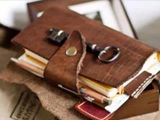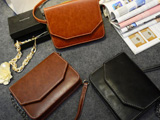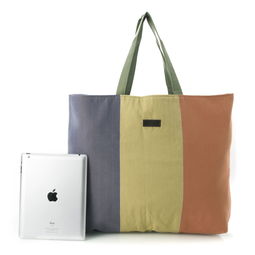The cover, front, back, side circumference and transverse head should be aligned, and the leather surface should be free of cracks, flower rot, root scar, scar, loose grain, tendon and spot, and the grain color should be consistent. 2. Process standard of lining punching auxiliary materials: A) Before cutting, carefully check whether the name, specification and color of the punched materials are consistent with that of the paper grid die. B) The cut materials must be punched according to the required grain. C) For materials with color difference, they must be processed separately with matching colors. The processed parts should be separated and marked to avoid unnecessary confusion during production. D) During blanking, the material surface shall be flat and straight without wrinkles or curls, and the number of layers for blanking shall not exceed the specified number of layers to avoid deformation of the die. E) In the blanking process, it is necessary to regularly check whether the punched out accessories are drawn, loose edges, and whether the accessories and the die are deformed. F) Pay attention to the wear degree of the beer plate when punching the parts to be changed, so as to avoid the lace and deformation of the punched parts. 3. Marking: Before marking, carefully check whether the accessories and positions to be marked are correct, and the position of the marking should be accurate. The temperature and strength of the logo embossing shall be moderate, the logo pattern font must be complete and clear, and the depth and strength of the logo pattern font shall be balanced, without crushing, double shadow and other phenomena. 4. Peeling: The thickness of the leather varies from the bag type. Adjust the thickness and width of the leather according to the order process requirements. The thickness of the leather should be consistent and the width should be even. The bottom layer of the leather should not have ripples and unevenness. Handbags are generally set with 3/8 "beveled edges, and the corners are very thin. The folding flat spade is 3/8", the silver bag set with 5/16 "beveled edges, the inner lattice folding spade is 5/16", and the large folding spade is 3/8; The thickness of the excessive shovel shall be determined according to the softness and hardness of the leather. Generally, the shoulder belt ear and the hand ear are over 1.4mm, the bottom bracket is 0.4mm, the nylon lining, the silver bag is over 1.5mm on the large surface, 0.8mm on the inner surface, 1.0mm on the bag skin, and 0.6mm on the middle surface There is also the calculation method of twill tape wrapping. Mark calculation method can try for irregular cutting. In order to achieve the purpose of saving money, it needs an action - typesetting, also known as Mark typesetting, that is, to arrange the types in a way of saving money according to certain rules The larger value/smaller value obtained by typesetting is the specification (horizontal × straight) in the material calculation, and then the numerator/denominator is calculated according to the material width and assumed length in combination with the following formula Number of pieces=[width (length) - larger value]/small value × 2+2 length (width)=(number of pieces - 2)/2 × small value+larger value. The formula is used to calculate how many pieces can be arranged in the direction of knowing the width (length) of the material The second formula is used to calculate the width (length) of the material after assuming that X pieces are cut This is a copy. I think the mark calculation method can be used to cut irregular and special die. I hope it can help you ask: Is there a clearer formula for cutting? Answer: cutting usually has three patterns: straight, horizontal and twill. As we all know, straight grain materials will not be stretched, and cross grain materials will be stretched. Twill materials are used between these two materials. It seems that what I know is only used on the edging belt, which can make up for the lack of straight and horizontal lines. To be specific, we need to calculate the single amount, and then use the straight line cutter to calculate - 3 is the algorithm for twill cutting.



